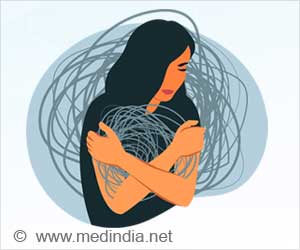GP services need to be made more attractive to teenagers who have mental health problems, according to a study in the latest Medical Journal of Australia.
Professor Anthony Jorm and his co-authors from ORYGEN Research Centre at The University of Melbourne found that family was the main source of help for adolescents, while only a small minority nominated GPs.For young adults, family was less important, and GPs relatively more so, although GPs were still only mentioned by a minority. The majority of parents of both adolescents and young adults felt that GPs were the best source of help for their children.
“For young people, the main barriers to seeking help were embarrassment or concern about what others might think,” Prof Jorm says.
“For parents, the main barrier they perceived was resistance from the child.”
In recent years, the Government has initiated programs to improve the training of GPs in mental health care and to increase access to psychological, allied mental health and psychiatric services.
Prof Jorm says the success of these initiatives depends on the willingness of the public to use them.
Advertisement
“Because mental disorders often first appear in adolescence or early adulthood…young people and their supporters need to know about appropriate sources of help,” Prof Jorm says.
Advertisement
“There is a new federal government initiative, called HeadSpace, which is developing primary services aimed specifically at young people. These new services may be more attractive to teenagers with mental health problems,” Prof Jorm says.
The Medical Journal of Australia is a publication of the Australian Medical Association.
Source-MJA
SRM/S





